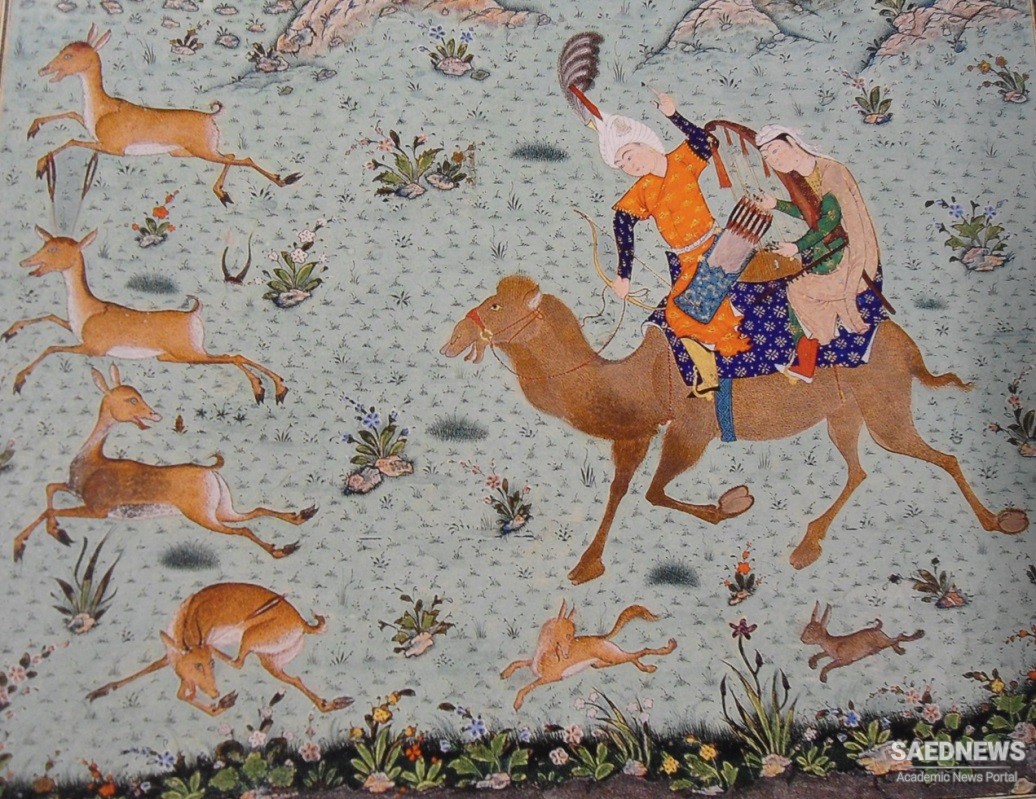In the early years of his reign Bahram is said to have devoted so much time to hunting, drinking and women that the affairs of state suffered. He loved polo and music and, according to Firdausl, he brought bands of lulls, the ancestors of the gypsies, from India to Iran to entertain the people. It is possible that the soubriquet "wild ass" is a folk etymology for an older east-Iranian word for king or leader, since Bahram was victorious in his campaigns in the east and left a legacy at least in the coinage of Bukhara.
The dirhams (drachms) of Bahram served as the prototype of the later coinage of the oasis of Bukhara, and the portrait of Bahram, albeit in debased form, continued to appear on the local coins well into the 'Abbasid period. This fact is enough to indicate the importance of Bahrain's wars in eastern Iran and Central Asia although the details, as so frequently, escape us. In any case, the wars in the east occurred towards the end of Bahrain's reign, for at the beginning he had difficulties in the west.
Shortly after his accession in 421 the persecution of Christians in the Sasanian empire was resumed, probably at the instigation of Zoroastrian priests. Many Christians fled to the Byzantine empire and Bahram sought their extradition, but Theodosius II refused. War broke out and the Byzantines were successful in a series of skirmishes. Bahram sought peace, and hostilities between the two empires ceased in 422. Christians were free to worship in the domains of Bahram, and the Byzantines agreed to contribute money towards the defence of the pass at Darband in the Caucasus. Since no city had fallen to the army of either opponent there was no change of territory. Shortly after the end of the war the Christians of the Sasanian empire in a synod proclaimed the autonomy and separation of the Persian church from the "western" fathers of the church, which thus took place before the Nestorian heresy.
Bahram also tried to settle the continuing discontent in Armenia by appointing an Arsacid, Artashes son of Vramshapuh, king of Armenia. After six or seven years the Armenian nobles tired of their ruler and requested Bahram to remove Artashes. This Bahram did, replacing him with a Persian governor iu 428.
The Armenian nobles called nakharars on the whole were satisfied with the change since it gave them more power in their own domains, but the Armenian clergy, led by the patriarch or catholicos Sahak, opposed the appointment of a Persian governor or marzban. Sahak was arrested by the Persians and kept in custody for a few years, then released to resume his ecclesiastical duties. The situation in Armenia was by no means resolved, however, and later revolts brought great distress to the country.


 The Paradoxes of Advocacy of Peace
The Paradoxes of Advocacy of Peace














































